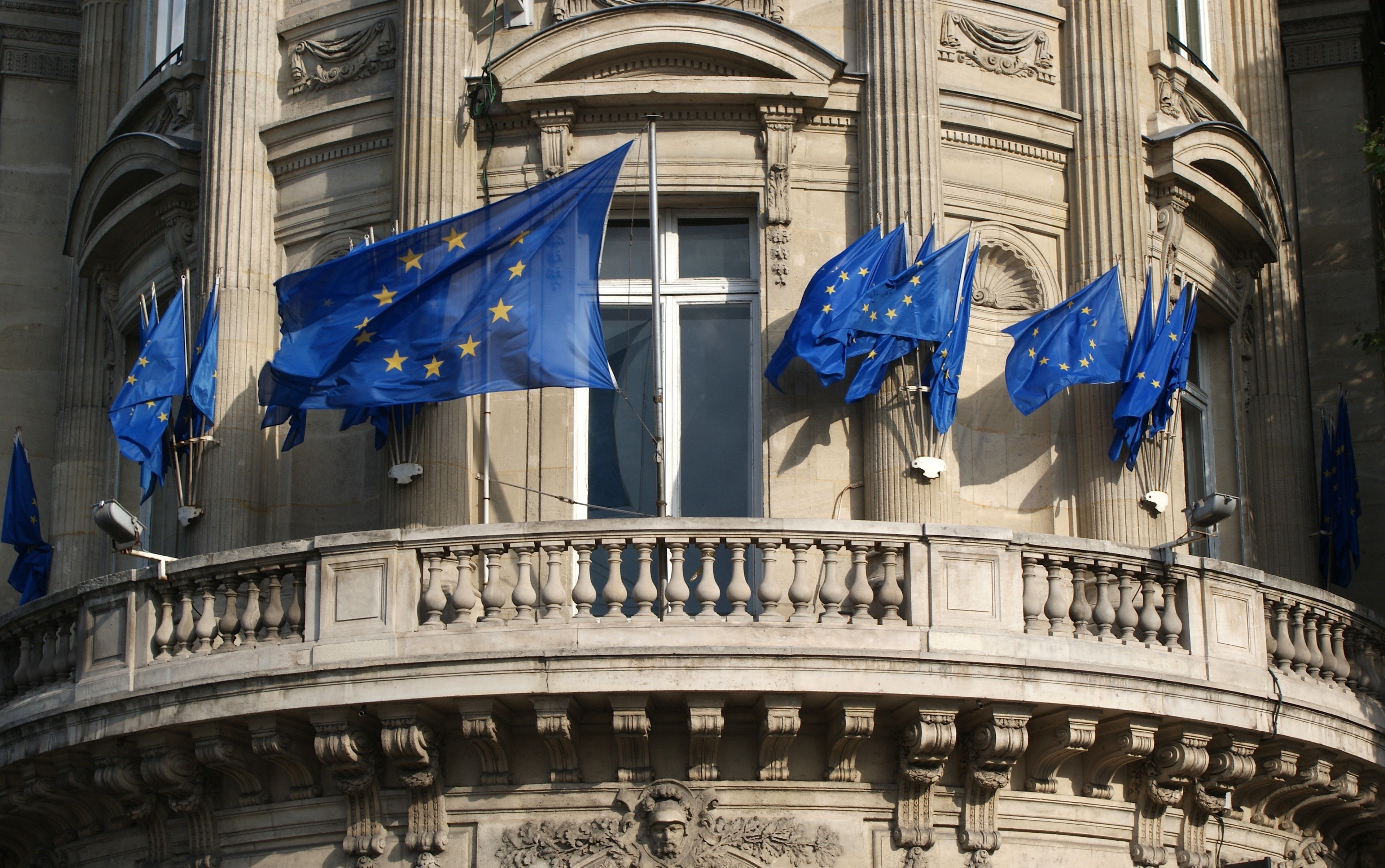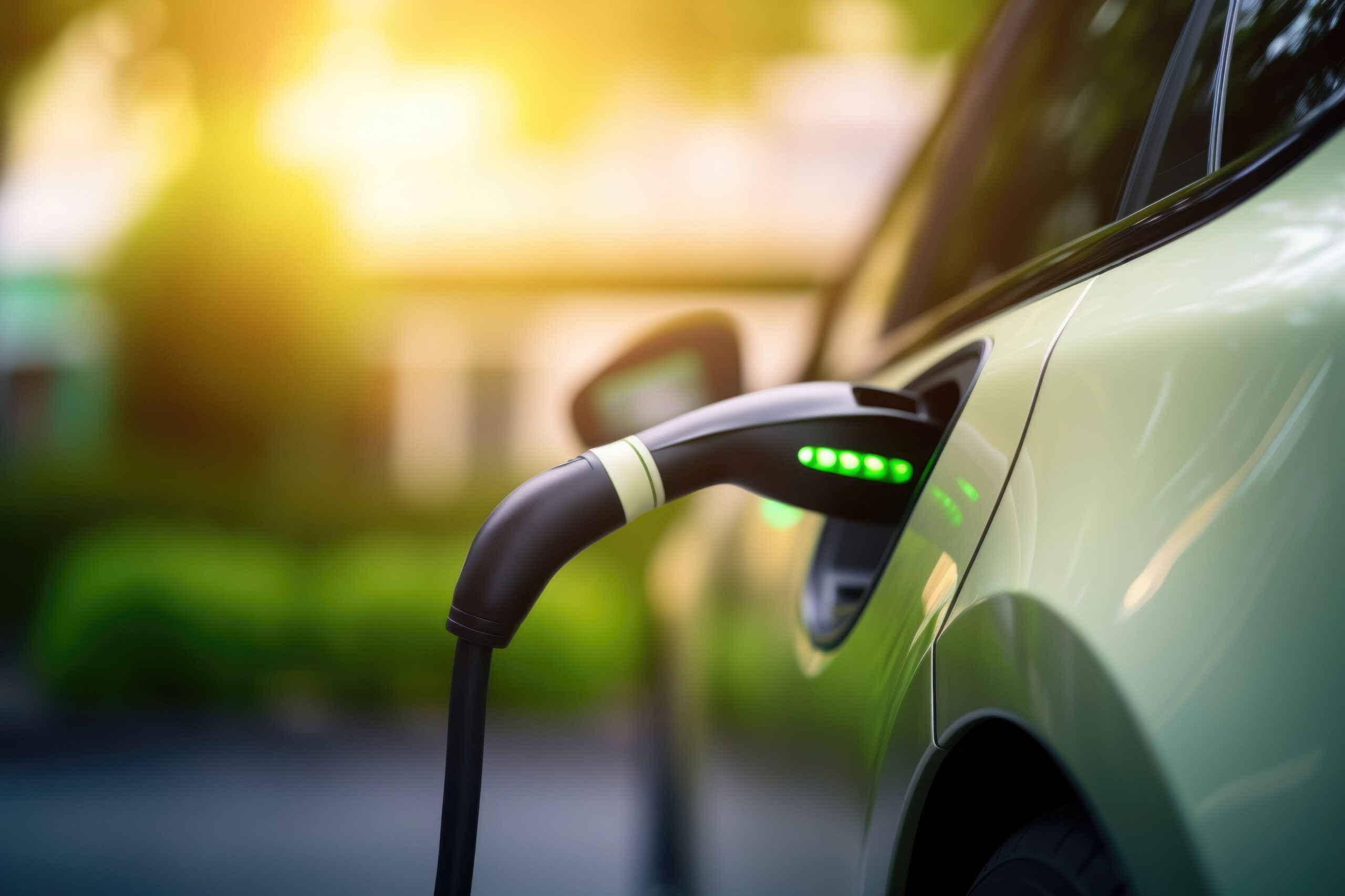
Targets and achievements of the 20/20/20 strategy
2020 is the first deadline that the EU set itself for the achievement of the climate plan under the “3×20” strategy. Between 2008 and 2009, the then 27 EU Member States passed a legislative package to achieve their goals. In the run-up to the COP21 conference, a new energy-climate package is currently being discussed. It is therefore an appropriate time to take stock of the achievements of the first energy-climate package and set out the way ahead.
2008 energy-climate package provisions
The legislative package is made up of [1], one decision[2] and two regulations[3]. These set out the goals and the means of implementing the 20-20-20 strategy by 2020: cutting greenhouse gas emissions by 20% compared to 1990 levels; increasing energy efficiency by 20%; increasing the share of renewable energy sources in final energy consumption by 20% and increasing the share of renewables by 10% in transport.
With regard to this latter target, directive 2009/30/CE sets only one binding objective, i.e. cutting greenhouse gas emissions in transport by 6% compared with 2010 levels. Regulation 443/2009 obliges car manufacturers to reduce their vehicles’ CO2 emissions from 130g/km in 2015 to 95g/km in 2020. Sanctions may be imposed in case of non-compliance.
Directive 2009/28/CE sets out the share of renewable energy sources in final consumption in every Member State. Today, France’s target is 23%, compared with 11.4% in 2008. Each Member State must set up an action plan and targets. The directive provides that bio-fuels and bio liquids must contribute to cutting greenhouse gas emissions by 50% by 2017.
Patchy record
According to the European Environment Agency (EEA), the UE is on the right path to achieving its goals. If it sustains the rate of 2% greenhouse gas emissions reduction achieved in 2012-2013, in 2020 the EU’s emissions will be 21% below 1990 levels.
The share of renewable energy sources in final consumption was 14% in 2012, which bodes well for the achievement of the target. However, the share of renewables would have to increase by 6% per year for the target to be met. In France, an extra 1,500 MW of wind power should be installed every year, instead of 1,000 MW at the current rate.
In 2011, J-M Barroso admitted that the 20% increase in energy efficiency would not be achieved because energy saving measures are taking effect too slowly, and that instead, only a 10% increase would be recorded. One of the reasons for this failure is the lack of binding measures for Member States, as national plans cannot be controlled by the EU.
The economic crisis also partly accounts for this patchy record. However, Greece, which was badly hit, is about to reach its targets, while neither France not Germany will reach the +20% energy efficiency target. Such mixed results did not keep the EU from committing to yet more ambitious goals in October 2014.
2014: going beyond the 20-20-20 strategy
Directive 2012/27/EU seeks to foster the achievement of the +20% energy efficiency goal. It provides for a more binding framework, including a compulsory 1.5% yearly reduction in energy sales, excluding transport, as well as a new renovation target for government buildings (3% a year). This directive is a transition towards a new, stricter, energy-climate package. Member States representatives think that this ambitious plan is achievable, while environmental associations deem that this is a minimal agreement.
On 24 October 2014, the European Council set itself new goals for 2030. The share of renewable energy sources will have to reach 27%, greenhouse gas emissions will have to be 40% below 1990 levels, and energy efficiency will have to go up by 27%. Some say that the second target is not ambitious enough, as it will not help cut emissions by 75% by 2050, which is necessary if the increase in global temperatures is to be limited to 2 degrees Celsius.
As a matter of fact, Member States are facing different challenges. Under pressure from Eurosceptics, British Prime Minister Cameron tried to limit the influence of the EU in the energy policy of Member States, which is why some targets were revised down in the course of negotiations (27% instead of 30% increase in energy efficiency). The Visegrád Group[4] negotiated free emission quotas for its coal power plants until 2030. Richer countries such as France and Germany will in turn be allowed to sell only 90% of their emission quotas. Eastern European also negotiated a target revision clause.
To date, EU Member States are the only countries to have pledged to meet measurable targets in the run-up to the COP21 conference. But it remains to be seen whether this second energy-climate plan will be implemented, given that some goals from the 2008 plan have not yet been achieved.
[1]An EU directive must be transposed by Member States according to their own legislation and administrative system
[2]An EU decision specifies to whom it is addressed and applies directly to one or more addressees
[3]An EU regulation is directly applicable
[4]The Visegrád Group includes Hungary, Poland, the Czech Republic and Slovakia

